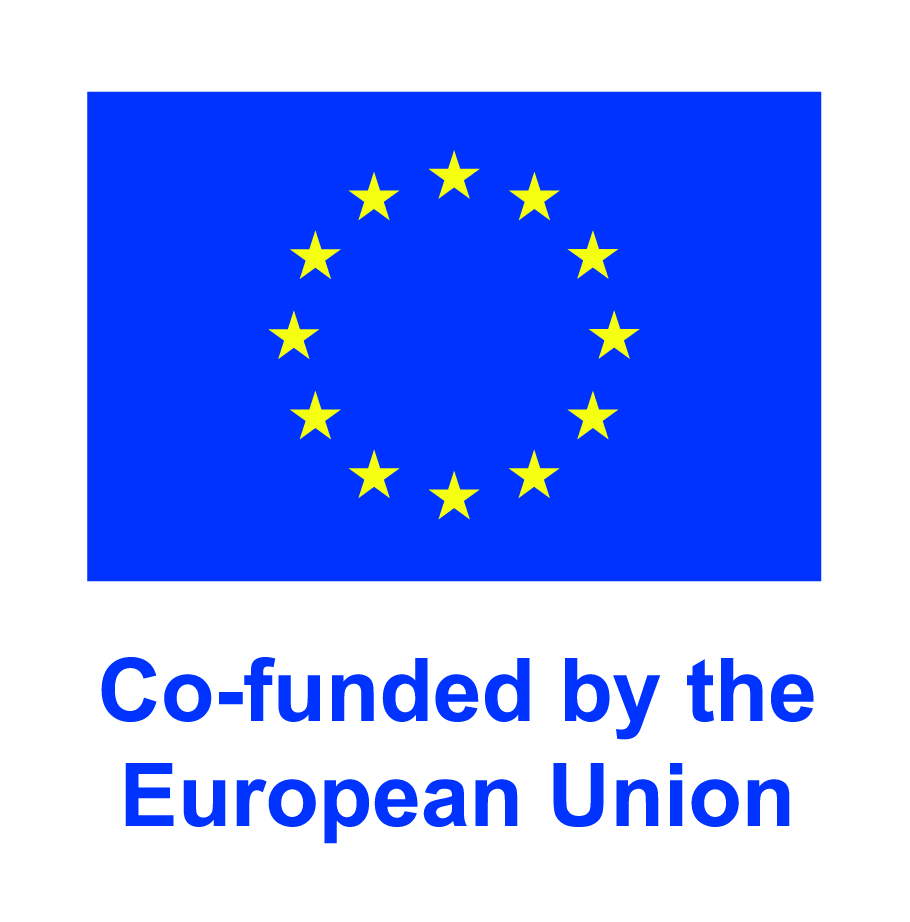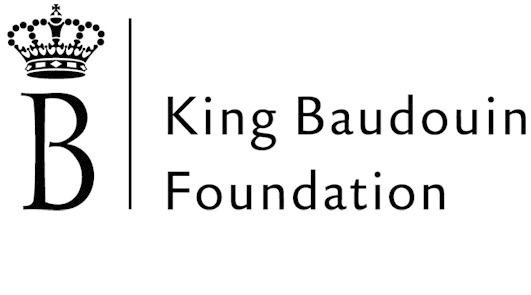
RAMALLAH - The Gaza Strip suffers from daily power cuts of eight hours or more, and the region's sole power plant produces far too little electricity to meet people's needs. How did things get to this point, despite the massive amount of international aid invested in the region to help the Gazans?
The answer lies largely in the history of the power plant, which involves EU funding, the interests of a powerful Israeli oil company, and a Hamas strategy.
The energy issue in Gaza is of paramount importance: for its 1.7 million citizens living in an area of just 365 km²; for water desalinisation and purification; for hospitals and their patients; for the Hamas government searching for consensus on energy autonomy; and, last but not least, for one of the few infrastructure investments in Gaza: the Gaza Power Plant (GPP). This issue involves the Israeli, Palestinian and British business worlds. And 250 million euros from the European Union, which seems to have been spent rather carelessly.
“Gaza’s gas: the EU’s burned millions” by Cecilia Ferrara and Assia Rabinowitz has been shortlisted together with other 71 finalists for the Data Journalism Awards 2013 (DJA).
ONLINE
- 'Il gas di Gaza e gli sprechi dell’Unione Europea' (IT), Limes, 18/03/2013
- 'L'argent brulé de l'Europe' (FR), Le Huffington Post, 24/03/2013
- 'Gaza's gas: the EU's burned millions' (EN), IRPI, 25/03/2013
- 'Gaza's gas: EU millions up in smoke' (EN), EUobserver, 24/04/2013
need resources for your own investigative story?
Journalismfund Europe's flexible grants programmes enable journalists to produce relevant public interest stories with a European mind-set from international, national, and regional perspectives.
support independent cross-border investigative journalism
We rely on your support to continue the work that we do. Make a gift of any amount today.










